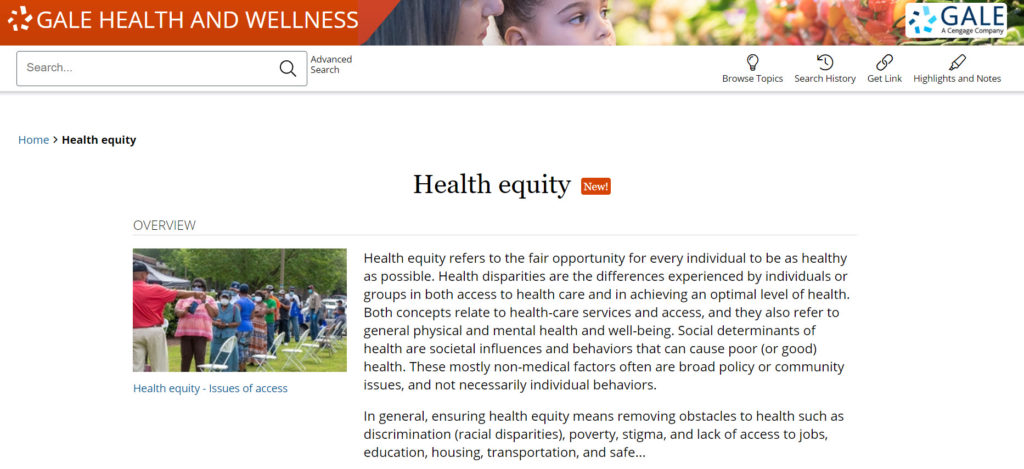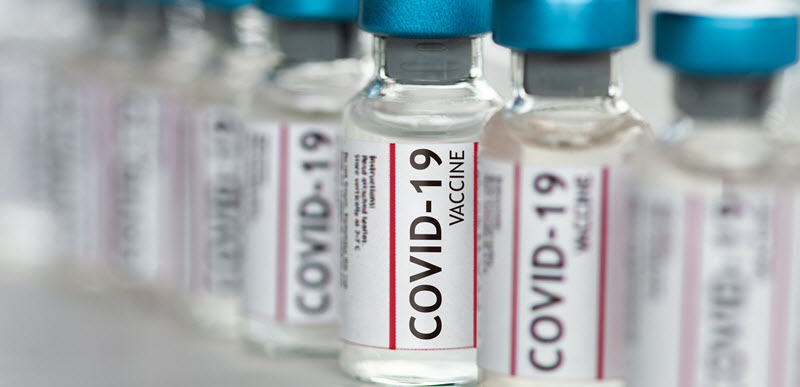| By Brenda Wilmoth Lerner |
A few weeks ago, I found an open appointment online for a vaccine to protect my disabled sister against COVID-19, and I grabbed it. Never mind that the appointment was in another state, a 5-hour drive from where my sister lives—which was already an additional 10-hour drive for me—this was a road trip that I was glad to make.
My sister has both physical and intellectual disabilities that place her at about a four-fold higher risk of dying from COVID-19 than the general population. In Texas, her home state, however, vaccines at that time were reserved for first responders, health care providers, and those over age 65 only. Waiting was difficult and frustrating, and frankly, didn’t seem fair. Because I was fortunate enough to be able to take time off from work, travel in a comfortable and safe car, absorb the costs, and have the information available to find that appointment elsewhere, my sister received the vaccine much sooner than if she had waited for her eligibility phase at home. A big thank-you goes to the state of Louisiana for including people with disabilities that place them at higher risk in the priority group for the vaccine. A few other states have followed this pattern; certain locations in Florida, for example, even reserved entire days to distribute the vaccine to people with disabilities.
Of course, vaccine availability and distribution plans are dependent on many factors, and public health officials in each state shoulder the heavy responsibility for distributing vaccines in the most efficient and equitable manner that will bring about an end to the pandemic. But as Americans struggled to learn where and when vaccines would become available, or how their loved ones would be cared for or kept safe, the pandemic sparked many people to come face to face with some of the issues regarding inequities in health care for the first time.
Health equity in the United States is challenged by factors that are numerous, varied, and that often compound upon each other. These factors include more than governmental policy; they reach out to the level of each person within their community and include access to health facilities and information, race, ethnicity, gender, stigma, poverty, nutrition, transportation, and other potential barriers to health.
This month, the Gale Health and Wellness database features a new Health Equity portal that touches on many of these issues. Several resources within the portal also describe how specific groups are impacted by the pandemic.

Health inequities in the United States are showing signs of improving, mainly due to efforts to identify them and respond. During the pandemic, earmarking vaccines and setting up vaccine clinics by zip code helped the Federal Emergency Management Agency (FEMA) boost vaccination rates for people in underserved areas. The government and industry cooperative effort to cover the cost of vaccines is extraordinary, providing one workable example of universal health coverage for all Americans.
As of April 2021, white Americans are receiving vaccines to protect against COVID-19 more than twice as often as Hispanic Americans (19 percent of whites have received at least one dose, compared to 9 percent of Hispanics) and nearly twice as often as Black Americans (19 percent compared to 11 percent).
And concerns about health equity multiply when the international picture is considered. Brazil has the highest daily death count from COVID-19 in the world, but the vaccine remains in short supply and fewer than 7 percent of its citizens have received at least one shot.
While we’re waiting for all Americans to receive their vaccines, I hope we can continue to help protect each other by wearing masks, social distancing, and safely checking on neighbors and family. It’s what you can do right now to help reduce disparities in health. And when this is over and we are all gathering together again, I hope we remember that the entire community matters, and that everyone should have the opportunity to reach their optimal health.
Stay safe until then.
Brenda Wilmoth Lerner is a writer and editor specializing in global health. Volunteer nursing has taken her far and wide, but she especially values her time at home on the Gulf Coast.
nike-air-force-1-shadow-lucky-charms-dj5197-100-date-sortie | adidas
